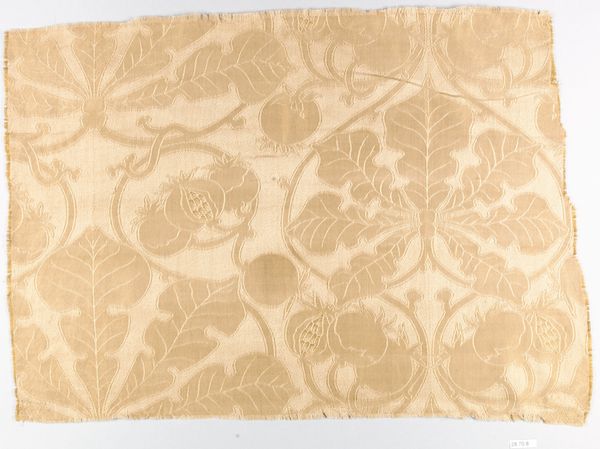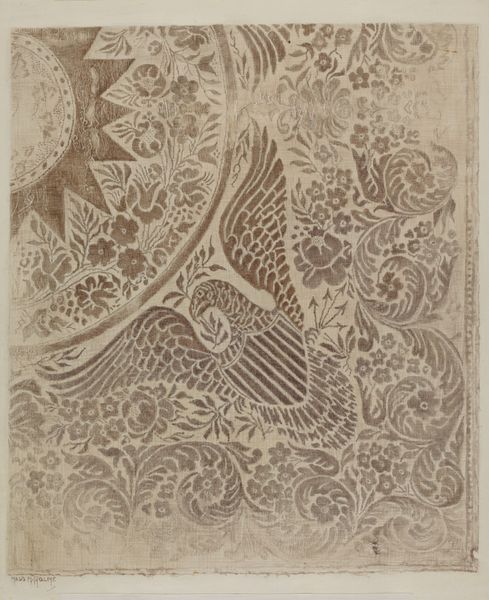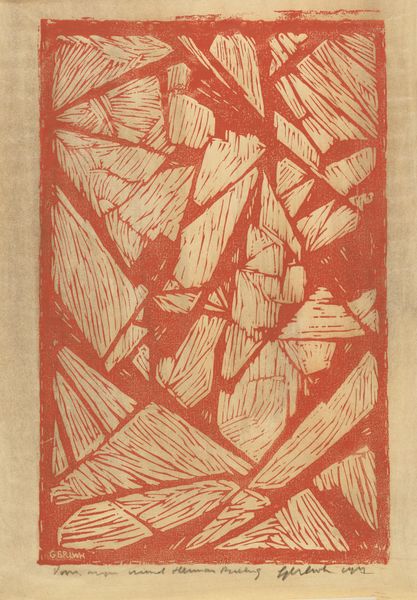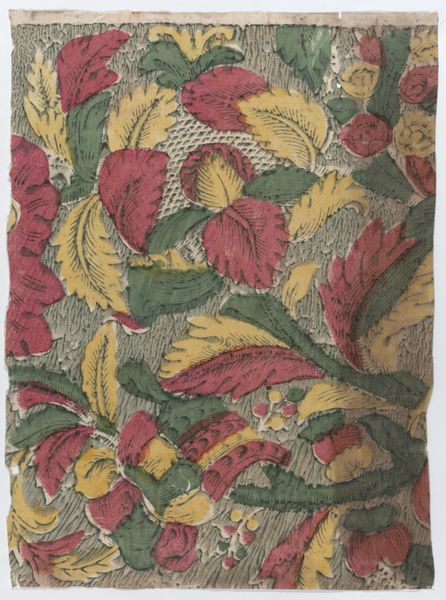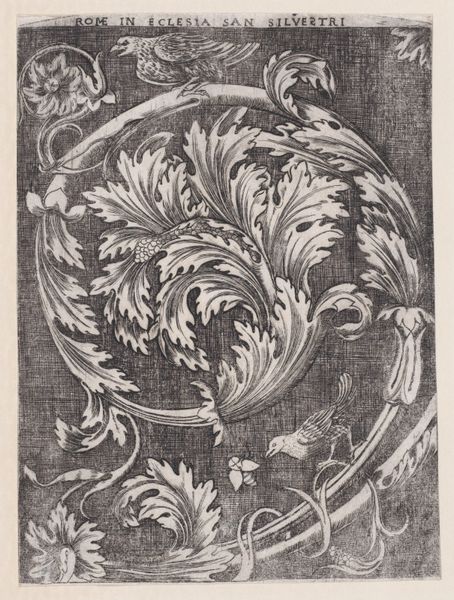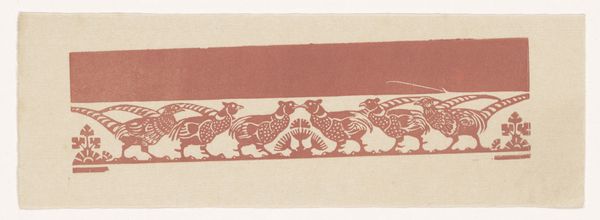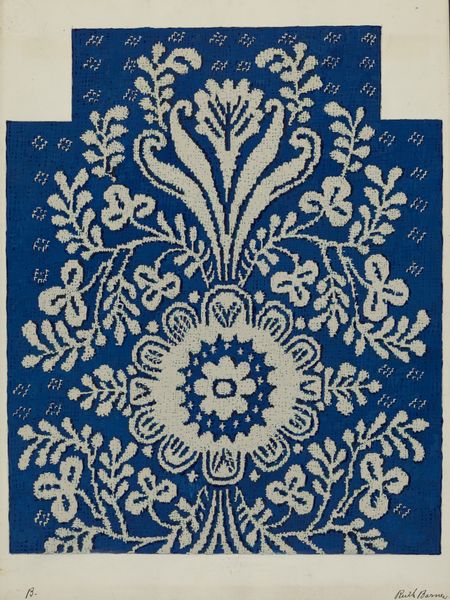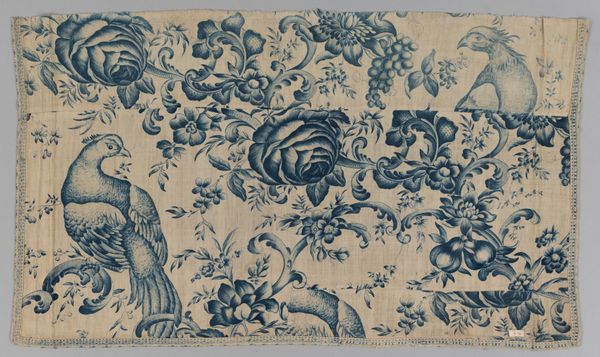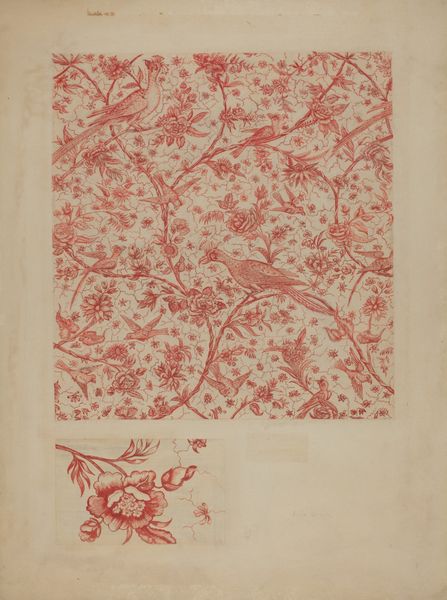
drawing, print, textile, paper, pencil
#
drawing
# print
#
pattern
#
textile
#
etching
#
paper
#
geometric
#
pencil
#
pencil work
Dimensions: overall: 27.4 x 23 cm (10 13/16 x 9 1/16 in.)
Copyright: National Gallery of Art: CC0 1.0
Curator: This work is titled "Handwoven Coverlet," made around 1937 by Maud M. Holme. It combines drawing, print, and textile design elements, utilizing pencil and etching techniques on paper. What are your initial thoughts? Editor: The textures really grab me first. The implied tactility—I can almost feel the weave beneath my fingertips. There’s something incredibly soothing, yet slightly haunting, about its subdued color palette. Curator: Right, the textures are intriguing, especially when viewed in the context of the 1930s. Textile design, particularly for something like a coverlet, carried significant cultural weight. These items weren't just functional; they embodied domesticity and tradition, but were also ripe for experimentation. The blend of artistic mediums elevates this beyond mere craft, speaking to art’s accessibility. Editor: I completely agree. There's a reclamation of the "domestic," and it's hard not to read the subject matter as subtly resisting dominant notions of labor and art that often marginalized women's creative outputs. It poses the question, who determines what constitutes “high art”? Curator: Precisely. Holme's focus on traditional patterns, combined with modernist art techniques, can be interpreted as a dialogue between the established art world and the often-overlooked artistry embedded in everyday objects. She bridges gaps and asks for a re-evaluation of artistic merit. Editor: The repeating bird and foliage motifs lend themselves beautifully to pattern but also hint at deeper symbolic readings tied to nature. We should note the economic constraints felt by artists, designers, and the public in general. Do you consider how such an intricate drawing would become integrated as applied art into textile form for trade or consumption? Curator: That's a fascinating question. In a time marked by the Great Depression, access to art was radically changing, shaped by economics and ideologies about the value of handmade vs machine-made items. Handwoven Coverlet exists within this discourse. The question then is how this form allowed both artist and public to negotiate cultural boundaries. Editor: Agreed. Its very existence serves as both an affirmation of those histories while subtly critiquing what society often deems "art," prompting us to widen our gaze. Curator: Yes, considering the social backdrop of the time definitely reshapes how we approach Handwoven Coverlet today. Editor: Absolutely, it's important to look at works such as Handwoven Coverlet as social records to challenge narratives on all levels.
Comments
No comments
Be the first to comment and join the conversation on the ultimate creative platform.


